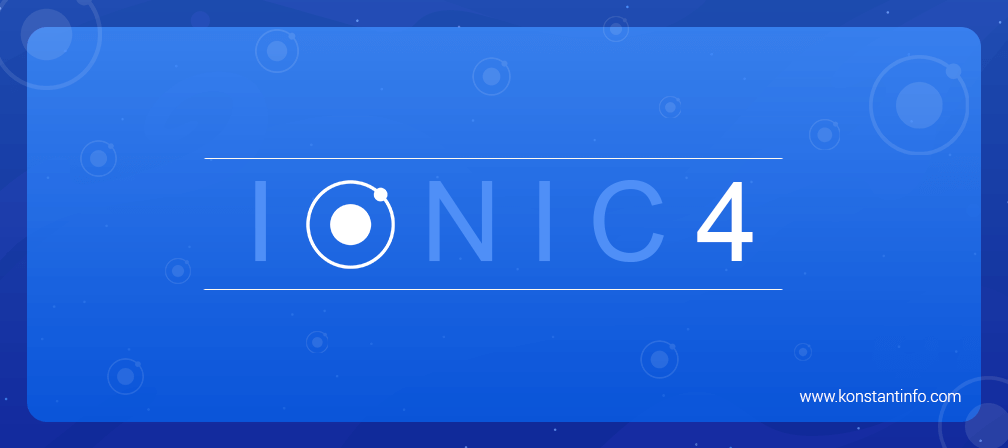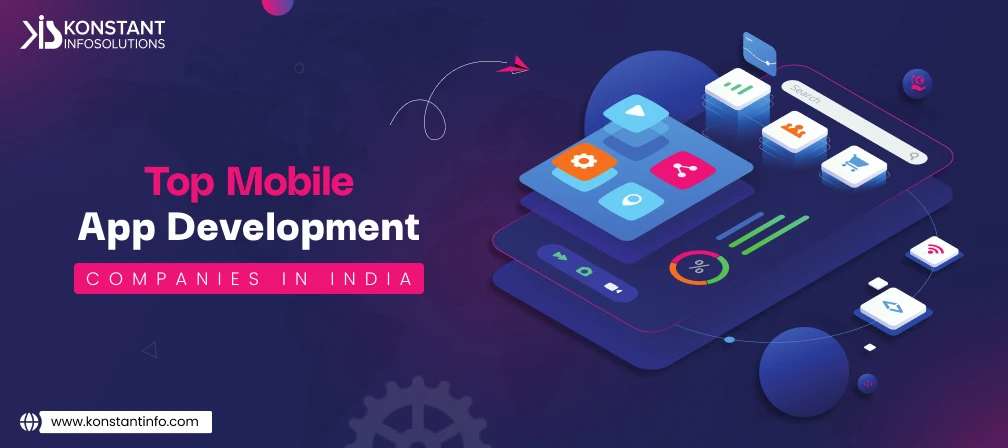
The ionic framework is an Open-Source SDK, a library of UI Components that is popularly used to create hybrid mobile applications. Built with HTML, CSS, and JavaScript, these components are re-usable elements that serve as building blocks for an application.
It includes three essential components such as:
Ionic 4 just released a week back (January 2019), after two years of extensive research and hard work. Although it is similar to ionic 3 there are slight improvements in performance and build-time. It comes with many other features like powerful theming capabilities, multi-framework compatibility and brand new documentation etc. The transition or migration was difficult from version 1 to version 3, but version 4 is all set to ease this out as they provide the migrating tool that will get the job done.
Ionic will empower mobile progressive web apps that are able to access native device features. Ionic 4 comes with some new names in technology and tools – Stencil, Capacitor, Ionic Native 5 and Ionic PWA Toolkit etc. Developers are able to use Ionic components with React.JS, Vue.JS, Angular.JS etc. with Ionic 4.
Ionic 4 has brought in some new features like internal code refactoring and Stencil and is usable with other frameworks besides angular, and is created in a way so that ionic developers do not have to make additional efforts to retrace and rebuild their applications.
Ionic 4 comes with web components which is a set of web platform API that enables creating new custom reusable, encapsulated HTML tags to use in web pages and web apps. There are custom widget components that are built on web component standards and work across modern browsers, these can be used with any JavaScript library or framework that works with HTML.
Web Components
Web components have brought in key improvements in performance as they push the extra work towards browsers without the need to write code repeatedly, and this is very important for building high-performance progressive web apps.
Custom elements (that helps modernize HTML), Shadow DOM (that fixes CSS and DOM), and HTML imports (Defining and reusing HTML documents in other HTML documents)
Stencil
It is a new web component compiler to build standard compliant web components, can work with any framework, and can utilize any additional API like TypeScript, Virtual DOM, JSX, and async rendering etc.
HTML Template
HTML templates are used to declare fragments of mark-up that are not used at page load but are instantiated only at runtime.
Capacitor
It is a cross-platform API, also a code execution layer that can call Native SDK’s from web code easily, and write custom Native plugins that the app might need. The Capacitor also provides first-class Progressive web app support to write the app and deploy it to the app store and mobile web.
PWA Enabled
Ionic 4 is one of the best UI frameworks to build high-performance Progressive web Apps.
Ionic 4 is 1.5x Faster
Ionic 4 includes a complete material design refresh, with each component a web component, scanned thoroughly for performance improvement, theme customizability and UI.
Ionic 4 is built for a better customization
It now makes use of CSS Custom properties that expose public theming API to provide a structure for modification to developers. It is now able to target published, documented and CSS Custom Properties.
Besides this new features introduced specifically in Ionic 4 are ion-backdrop, ion-picker, ion-ripple-effect, ion-route, ion-reorder, ion-search bar, ion-show-when, ion-select-popover, ion-skeleton-text, Color Changes (default colors have been changed), Tappable Items, Ionicons 4.0, CSS Variables etc.
An earlier version of Ionic was joined together with Angular. With ionic 4, the framework becomes more independent and can work with any other JavaScript framework easily. The ionic team has made continuous improvements so that the underlying reliability on Angular is reduced. Additional Ionic CLI (Command line interface) comes along with Ionic 4 to help developers with coding. Earlier this feature was known as Angular CLI but with Ionic 4, this works parallel now. Ionic 4 now uses native Angular Routing with slight modification. Components can be mapped to routes, instead of pushing components directly into ion-nav. Further initialization of the components is deferred until it is needed, thus increasing the performance of the application. Also, framework official tooling is allowed to build, bundle and route. Moreover, Angular CLI can still be used when using Angular.JS and Vue CLI when using Vue.JS and likewise. No more trolling! Keep watching for the latest updates on Ionic. We’ll update the post soon to include the latest insights on Ionic Framework.



Neeti Kotia is a technology journalist who seeks to analyze the advancements and developments in technology that affect our everyday lives. Her articles primarily focus upon the business, social, cultural, and entertainment side of the technology sector.
Or send us an email at: [email protected]